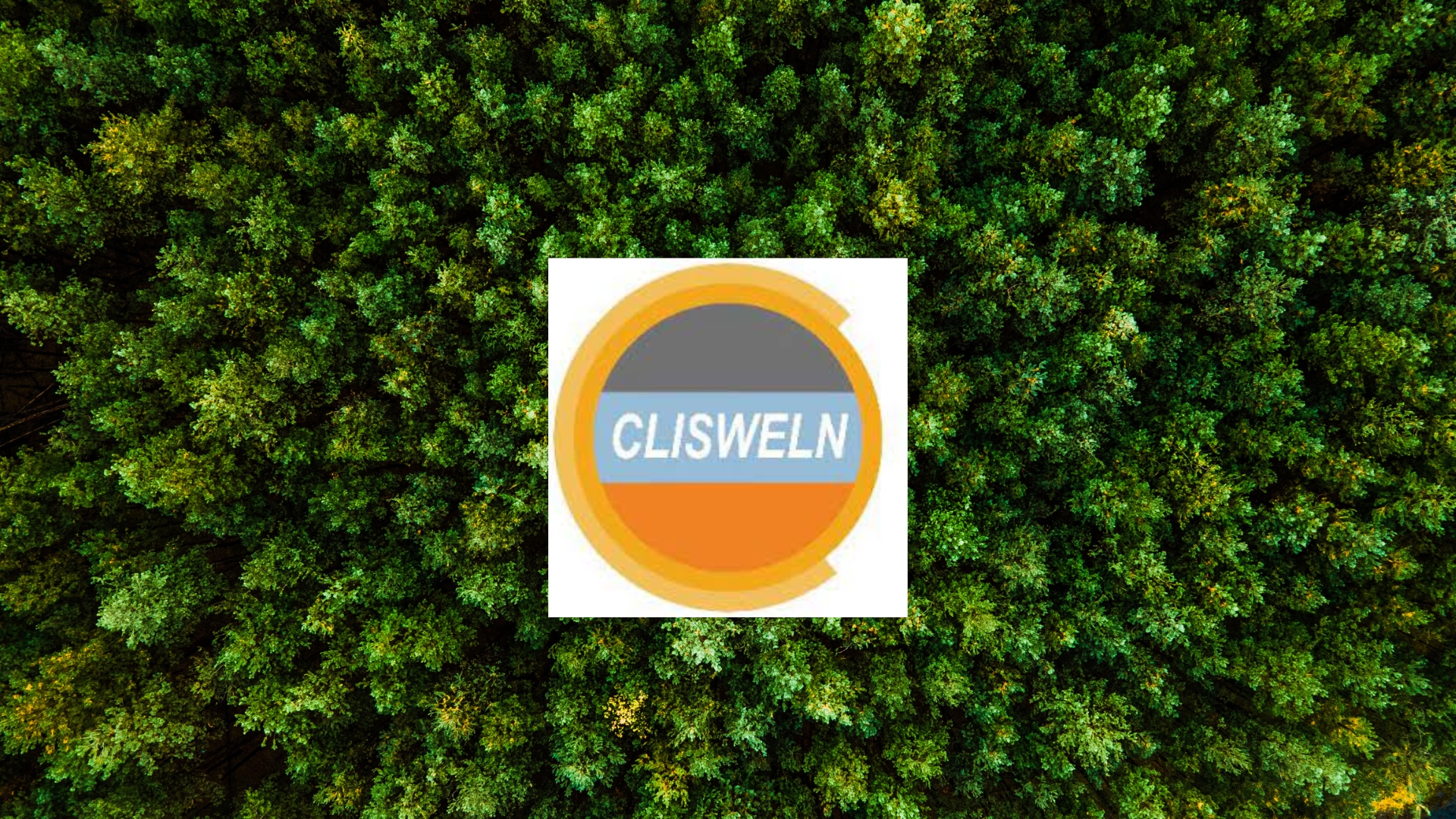Project coordinator from INCDS:

Senior researcher I Dr. Nicu Constantin Tudose
Project objectives:
The overall project goal was to enhance the existing portfolio of climate services with a conceptually and methodologically meaningful approach to the WELFN, from which coherent policies could be derived.
To achieve this goal, the following research objectives have been specified:
- To co-develop the novel Synergistic Climate Services Integrated Nexus Framework (SCINF), a new cross-sectoral frame for the conceptual integration of climate services and policy making through the lens of the WELFN;
- To analyze WELFN-related social, economic, institutional and environmental dynamics in case studies (touristic urban region, agricultural region, river basin) of three European regions, considering the interactions of the WELFN with past droughts;
- To co-develop with policy makers evidence-based decision-support products derived from the SCINF, integrating existing regional climate scenario data with data from those sectors found relevant (water, agriculture, urban, forest);
- To disseminate the results and their related uncertainties for their use by the policy makers and overall stakeholder community of each case and beyond
Project activities:
A1.2. Management board meeting organization and coordination.
A2.1. To develop the theoretical framework for the SCINF using an inductive approach, building knowledge from: 1) evidence collected through bottom-up interactions with policy and decision makers, 2) previous experiences within the research teams and 3) a literature review.
A2.2. To enhance the quality and identify gaps in the SCINF with stakeholders from each case study, and incorporate their feedback, hence improving its usefulness and transferability.
A2.3. To incorporate all the feedback from all the case studies, put together perspectives, and reformulate those aspects found necessary before launching the SCINF.
A3.1. Compilation of data on hydrological, meteorological parameters and urban water consumption as well as modeling activities of the interaction between the Tărlung hydrographic basin and the city of Brașov by exploiting the semi-distributed Soil and Water Assessment Tool (SWAT) model
A3.5. Calibration and validation of all models.
A4.1. Stakeholder elicitation using focus groups, co-developing the SCINF with policy and decision makers and gathering all the information that would be later integrated in the products.
A4.4. Co-production of information relevant to stakeholders about integrated land use management, in order to improve water supply and reduce climate change derived risks.
A5.1. Workshop for policy and decision makers.
A6.1. Preparation of press materials with a focus on the relevance of co-benefits between adaptation and mitigation, accompanied by activity in social media.
A6.2. Preparation of press materials for academic outlets (Phys.org, Science Daily, AlphaGalileo).
Partenes
- Helmholtz-Zentrum Hereon (HZG), Germany
- Universität für Bodenkultur Wien (BOKU), Department of Economics and Social Sciences – Institute for Sustainable Economic Development having its registered office at Feistmantelstraße 4, 1180 Wien, Austria
- Centro de Investigación Ecológica y Aplicaciones Forestales (CREAF), having its registered office at Universitat Autónoma de Barcelona, Edifici C, 08193 Bellaterra, Spain
- ”Marin Drăcea” National Instutite for Research and Development in Forestry (INCDS), having its registered office at Eroilor Street 128, 077190 Voluntari, Ilfov County, Romania


